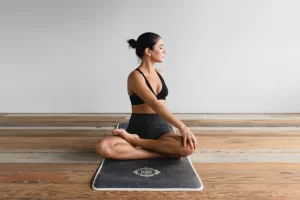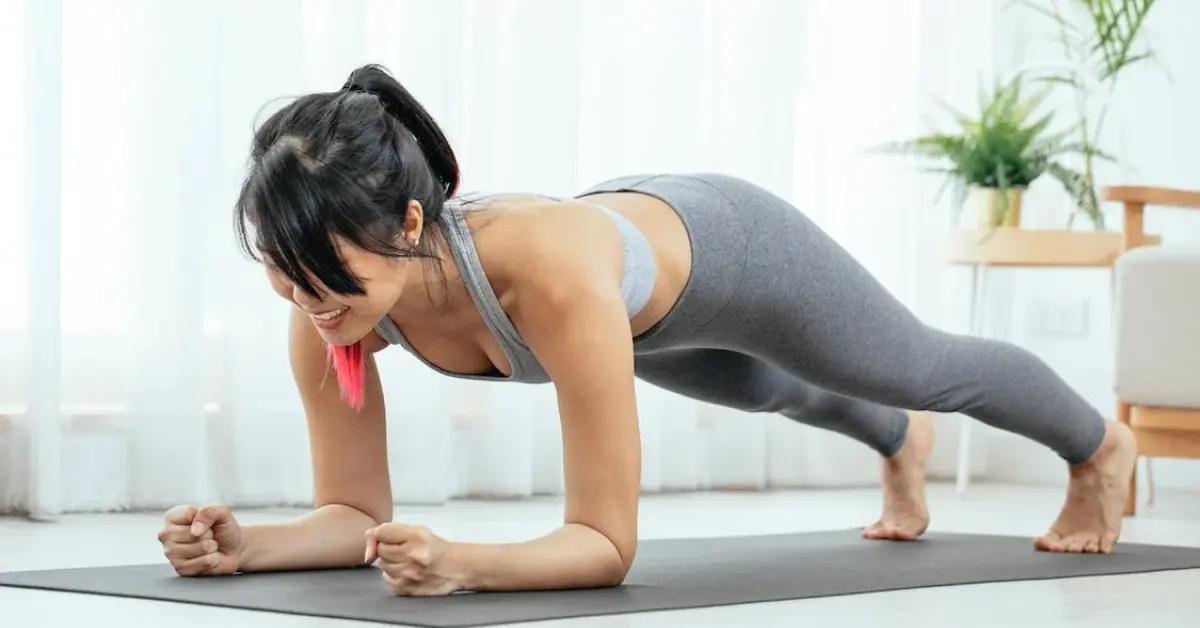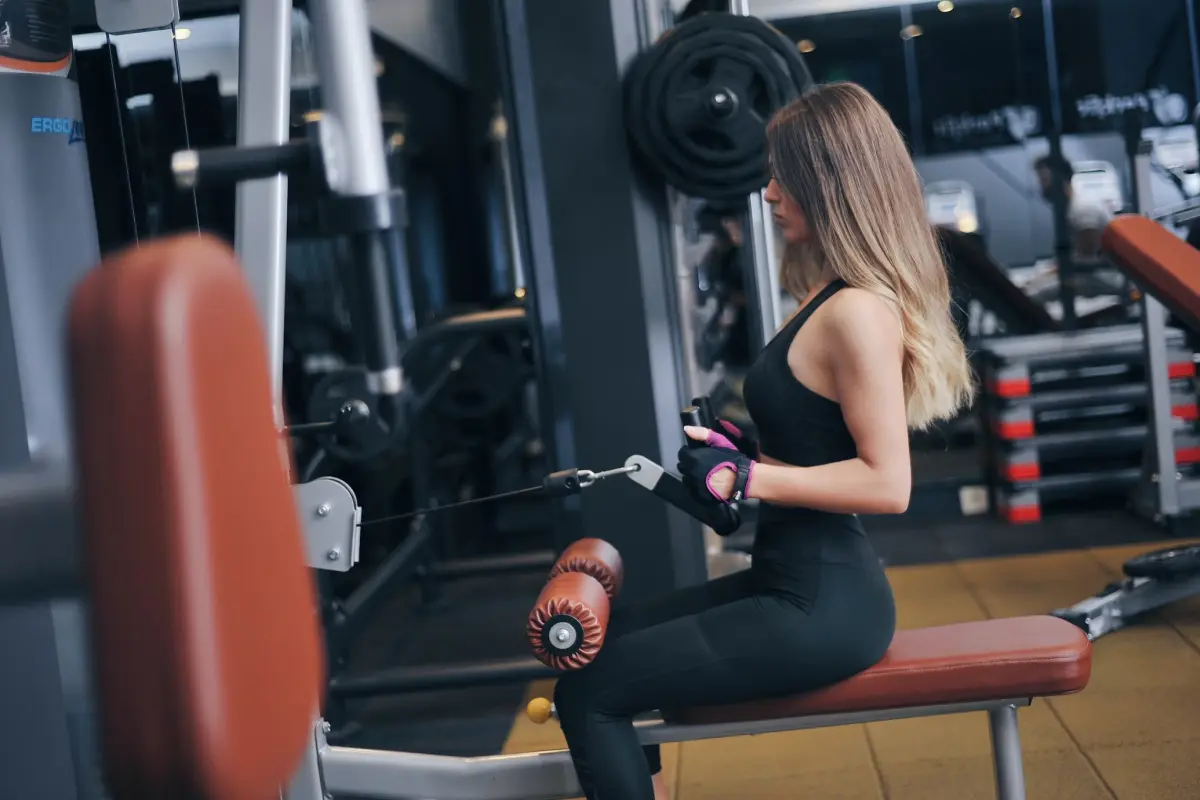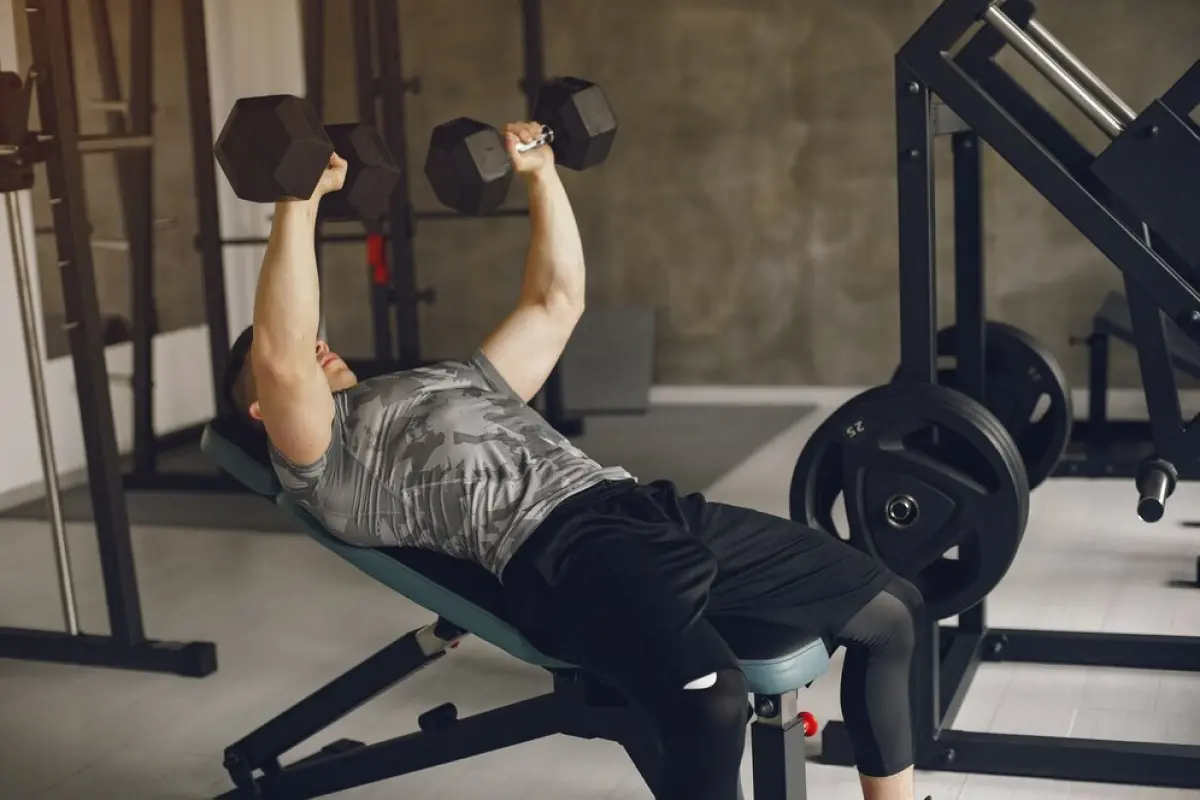Plank exercise, a cornerstone in fitness regimens worldwide, epitomizes simplicity and efficiency in strengthening the core and enhancing overall fitness. This comprehensive guide dives into the multifaceted benefits of planking, explores a variety of plank variations to keep your workouts engaging, and provides detailed instructions for proper execution to maximize effectiveness and minimize injury risk.
The Foundation of Strength: Understanding the Plank
At its core, the plank is a static exercise that involves maintaining a position similar to a push-up for a certain period. It primarily targets the abdominal muscles, also engaging the shoulders, chest, legs, and back, offering a full-body workout within a singular movement. Its versatility and accessibility make it a favored choice for fitness enthusiasts of all levels.
Unveiling the Benefits: Why Plank?
- Core Conditioning: Planks intensely target the core, encompassing the abdominals, obliques, and lower back, enhancing muscular endurance and stability.
- Posture Improvement: Regular planking strengthens the spine, shoulders, and neck, contributing to a better posture.
- Flexibility Boost: Stretching the posterior muscle groups, including the shoulders, collarbone, and hamstrings, planks enhance overall flexibility.
- Metabolic Rate Increase: Being a compound exercise, planking helps boost metabolism by engaging multiple muscle groups simultaneously.
- Injury Prevention: By strengthening the core, planks reduce the likelihood of back injuries, crucial for both daily activities and athletic performance.
- Balance and Coordination: Planking promotes better balance and coordination by enhancing core strength and stability.
Perfecting the Plank: Execution Essentials
To reap the maximum benefits while minimizing the risk of injury, proper form is paramount in performing the plank:
- Starting Position: Begin in a push-up position, with your shoulders over your wrists, body in a straight line from head to heels.
- Forearm Variation: For a forearm plank, lower onto your forearms, keeping elbows directly beneath shoulders, and forearms parallel.
- Core Engagement: Tighten your abdominals, drawing your navel toward your spine, ensuring your body forms a straight line without sagging or piking at the hips.
- Breath Control: Maintain even, controlled breaths. Holding your breath can increase blood pressure and decrease performance.
- Gaze and Neck: Keep your neck neutral, gazing down at the floor to avoid straining.
- Duration and Repetition: Start with shorter durations, aiming for 20-30 seconds, and gradually increase as your strength improves. Consistency is key to progression.
Beyond the Basics: Plank Variations
Elevate your core workout with these plank variations, each designed to target different muscle groups and add an engaging twist to your routine:
- Side Plank: Focuses on the obliques and lateral stability. Lie on one side, stacking your feet, and lift your body, supported by one forearm. Extend the opposite arm upward for balance.
- Reverse Plank: Targets the lower back, glutes, and hamstrings. Sit on the floor with legs extended, palms on the floor behind you, and lift your hips, forming a straight line.
- Plank with Leg Lift: Amplifies the challenge to the core and engages the glutes. From a standard plank, lift one leg at a time, keeping your core engaged.
- Plank Jacks: Combines cardiovascular exercise with core strengthening. From a forearm plank, jump your feet in and out like a jumping jack.
- Spiderman Plank: Enhances oblique engagement. From the plank position, bring one knee toward the same elbow, alternating sides.
Maximizing Results: Tips and Strategies
- Consistency: Regular practice is crucial. Aim to incorporate planking into your routine 3-4 times a week.
- Progressive Overload: Gradually increase your plank duration or add variations to continually challenge your muscles.
- Mind-Muscle Connection: Focus on the muscles you are engaging during the exercise to enhance effectiveness.
- Incorporate into Workouts: Planks are versatile. Include them in your warm-up, as part of your core routine, or as a cooldown exercise.
Navigating Common Mistakes
Avoid these common pitfalls to ensure a safe and effective plank:
- Sagging Hips: This compromises spinal alignment and reduces core engagement. Keep your body in a straight line.
- Piking Hips: Lifting your hips too high shifts the focus away from the core. Aim to maintain a level body.
- Straining the Neck: Keep your neck neutral to avoid tension.
- Ignoring Pain: While muscle fatigue is normal, sharp or persistent pain, especially in the lower back, indicates improper form.
Conclusion
The plank exercise is a testament to the power of simplicity in fitness. By mastering the plank and its variations, you unlock a versatile tool for enhancing core strength, stability, and overall fitness. With proper execution, consistent practice, and a willingness to challenge yourself, the benefits of planking can contribute significantly to your physical well-being and performance in a wide array of activities. Whether you’re a fitness novice or a seasoned athlete, incorporating planks into your routine can pave the way for a stronger, more resilient body.












